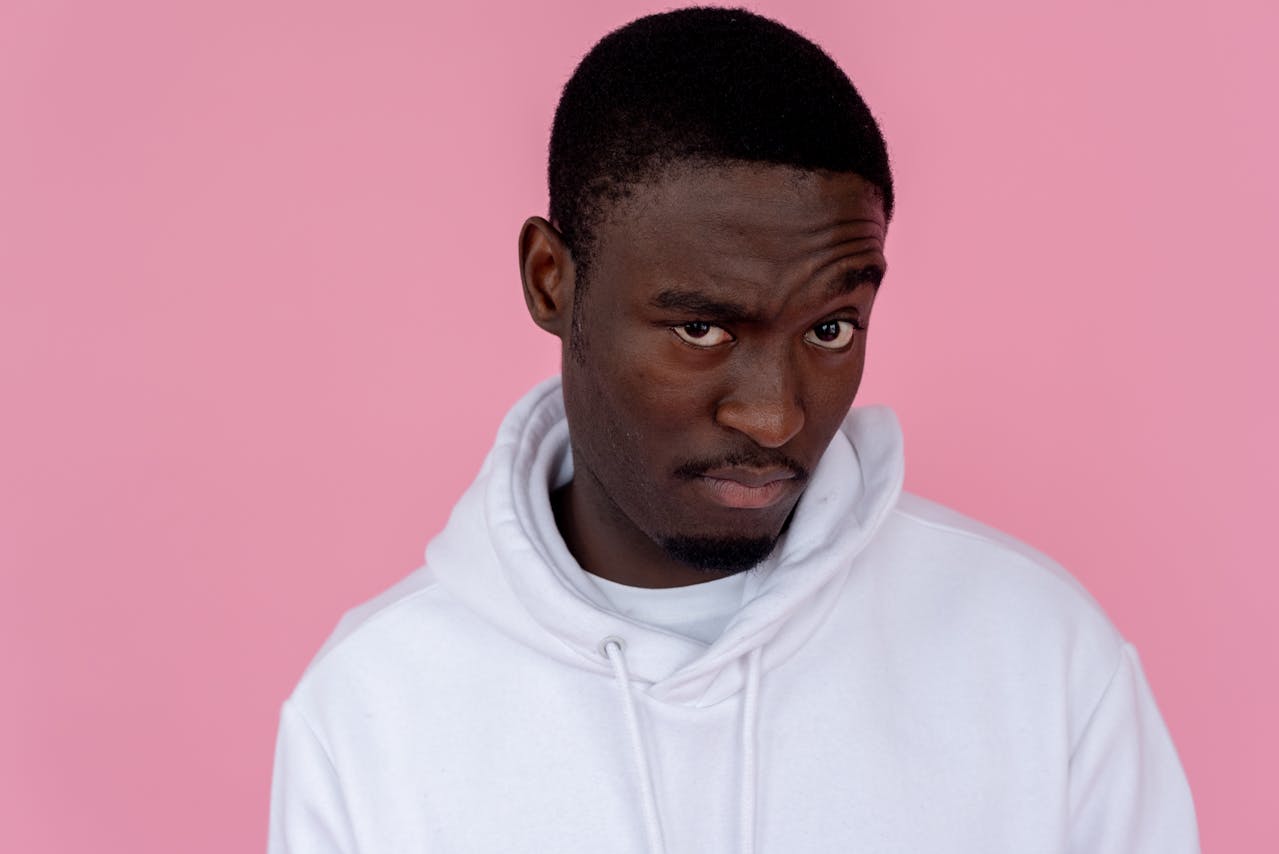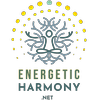“If you want to find the secrets of the universe, think in terms of energy, frequency, and vibration.” – Nikola Tesla
How do YOU feel when someone says that “everything is energy”? Do you get curious, or do your eyes automatically roll? Do you lean in to learn more, or give the person the side-eye?

Well, it’s true: Everything IS energy. The world’s top scientists and researchers know that this is a fundamental truth that’s supported by quantum physics.
And like many other things, working responsibly with your energy field can transform your work, life, and relationships.
But I’m getting ahead of myself.
Let me break this down.
Quantum physics in a nutshell.
Quantum physics reveals a universe far more interesting than we initially imagined. How can we explain that solid things are actually made of energy?
Well, let’s get some help from Theoretical Physicist Dr. Michio Kaku, who states:
“Everything we see around us is nothing but vibrations of energy. This chair, this table, even our bodies, are nothing but vibrations of strings, vibrating in 11-dimensional hyperspace.”
Interesting, right?
But that’s just the beginning.
This basic wisdom extends beyond just tables, chairs, and bodies.
Let’s take Dr. Dean Radin, Chief Scientist at the Institute of Noetic Sciences (focused on the nature of consciousness). He and his team ran experiments that showed how human consciousness can influence the physical world.
In one such study, 100 people affected the state of formerly randomly-behaving particles just by focusing on them. This “spooky action at a distance,” as Einstein called it, suggests that our consciousness interacts with and changes our environment in profound ways.
Understanding our emotions as energy.
With the basics covered, let’s talk about the brain and body.
Dr. Candace Pert, former Chief of Brain Biochemistry at the National Institute of Mental Health, revolutionized our understanding of emotions. She discovered that emotions aren’t just invisible feelings in our heads. But they physically run through our entire body:
“Emotions are real, physical things… made of peptides and their receptors, which we find in every cell in the body.”
🤯
Now, we start to understand how our emotions have a tangible, quantifiable energy.
So, when we experience negative “uncomfortable” emotions like anger, fear, or sadness, the corresponding peptides and receptors can get “trapped” in the body’s tissues and organs. (Ooo, now it’s starting to make sense.)
For example, this is likely to happen when we experience a traumatic or stressful event, but don’t fully process/release the emotions in that moment.
That emotional energy gets trapped. And it can then contribute to physical tensions, inflammation, and even disease over time.
Basically, that trapped energy continues to affect our physiology and psychology — or our body and mind — until they are acknowledged and released.
On the other hand, the more positive “comfy” emotions like joy, love, and gratitude literally create energetic harmony within the body’s energy systems. (See what I did there? It’s so important, it’s in the name.)
And as you might expect, studies consistently show that people who intentionally cultivate “positive” pleasurable emotions have better overall health and wellbeing.
Changing water (and performance) with our minds?
In one groundbreaking study, Dr. William Tiller, Professor Emeritus at Stanford U., had 40 participants each focus their attention on a sealed bottle of purified water over the course of several months.
Specifically, the goal was to increase the pH of the water by approximately 1 pH unit, without any chemical additions or tampering at all — just by intending to.
It SOUNDS pretty wild. But here’s what they found:
The control group bottles that received no focused intention also showed no pH change.
The bottles that received intentional focus showed a statistically significant boost in pH, showing a measurable shift in the physical properties of the water.
Imagine all the possibilities this opens up.
Notably, Tiller’s water study was published in the peer-reviewed Journal of Scientific Exploration in 2001. Control protocols were rigorous, and results were replicated in subsequent studies, strengthening the validity of the findings.
But this concept of “intention-based” energy has been explored outside the lab, too.
For example, multiples studies have shown how sports teams have used the power of visualization and intention to improve their performance literally without breaking a sweat.
Ex: A popular study by Dr. Biasiotto at the U. of Chicago divided participants into three groups:
1. One group physically practiced shooting free throws.
2. Another group only visualized making free throws without any physical practice.
3. And a third group did neither one.
After 30 days, results showed that the practice group improved their shot by 24%, while the visualization group improved by almost as much — 23%.
Among many others, these studies offer evidence that human consciousness and intention can directly influence the material world.
Helping professionals are more prone to burnout, due to the physical, mental, and emotional toll of (y)our work. But by understanding the role of energy in our lives, we can develop self-care practices to stay centered and resilient.
As Dr. Bruce Lipton, cell biologist, reminds us:
“The environment, including our thoughts, can positively or negatively affect [our] gene expression, health, and behavior. This is revolutionary. […] We are not victims of our genes, but masters of our fate.“
So true. But even still, we’re not talking about mere mindset work.
How to use this info to improve our work, life, and relationships.
Now, you might be wondering what healing possibilities that build on this knowledge that everything is energy, including our bodies, minds, and emotions. You may be wondering what perfectly viable options are completely left out of the mainstream wellness conversation.
So I’ll discuss a few here.
For years, researchers have demonstrated the effectiveness of energy psychology techniques in treating conditions like PTSD, anxiety, and depression. And energy medicine itself is gaining more and more recognition in Western cultures as a mainstream option.
A review published in the Journal of Advanced Nursing examined 38 studies on biofield therapies, like reiki (“RAY-key”), Therapeutic Touch, and Healing Touch. Researchers concluded that these sorts of modalities can have powerful beneficial effects on pain, anxiety, and depression, specifically by interacting with the body’s energy systems. For example, the Emotion Code, Body Code, and Belief Code wellness systems focus specifically on releasing trapped energies for deep and lasting body-mind healing.
And when we improve our mental, physical and emotional states, by default, we improve our work-life relationships.
The Bottom Line: Everything is energy.
Do you see?
Up ’til now, maybe you’ve tried reading self-help books. Watching TED Talks. Going to therapy and specialists, meditating, doing yoga, using a wellness coach, and many things in between.
If you haven’t seen the type of lasting results you wanted… maybe it’s time to try energy medicine?
It can have been a core missing piece all along. Come see what a private session with me would entail. Wishing you deep healing and peace. ✨
–Harmony

Leave A Comment
You must be logged in to post a comment.